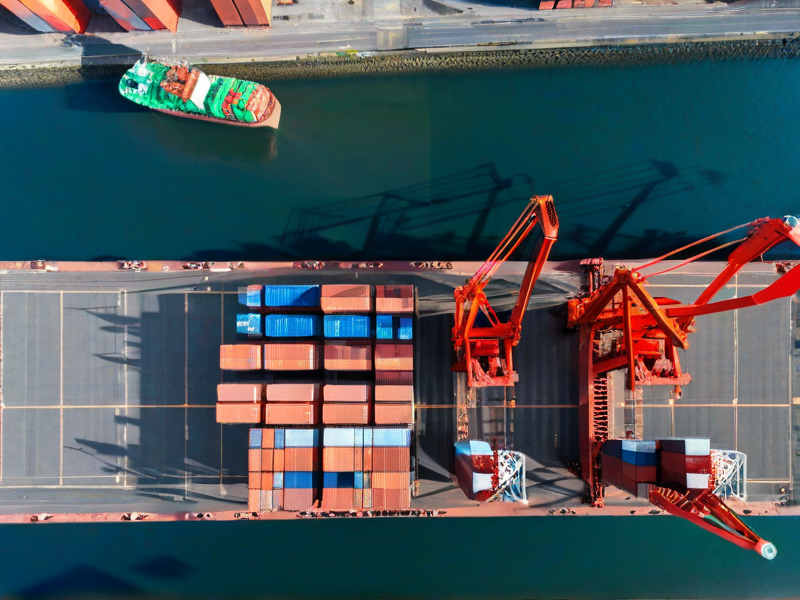For 14 years, the overall scale of China’s manufacturing industry has consistently ranked first in the world. From the era of reform and opening up to today, products from Chinese factories have demonstrated their strength. Starting from filling the global market with goods to the high-profile rise of brands, cross-border merchants have proven their product strength to the global market.

However, when product capabilities are sufficient to reach global consumers, individual merchants face challenges such as long and uncertain traditional cross-border e-commerce routes. There are questions about whether localized fulfillment can meet the ever-changing demands of overseas consumers and the complex calculations of costs and profits in the face of unknown challenges.

Merchants are learning to balance their accounts at the intersection of time and space, calculating not only for today but also for the future. Among these calculations, the most challenging one is logistics.

As branding becomes a clear trend, an unanswered question remains: how to establish localized anchor points and form a global sales network through connectivity. This connectivity begins with one of the key infrastructures of cross-border logistics—the overseas warehouse, which provides local warehousing and coordinated delivery services in the final stages.

The overseas warehouse serves as the starting point for door-to-door delivery and the first landing point for cross-border goods after leaving their home country. With these anchor points and connectivity, the logistics chain in the eyes of merchants is significantly shortened in a real sense.





 Logistics line quotation
Logistics line quotation Cross-border express order
Cross-border express order 24 hours online customer service
24 hours online customer service Huixiang Cross-border Logistics all rights reserved
Huixiang Cross-border Logistics all rights reserved 






